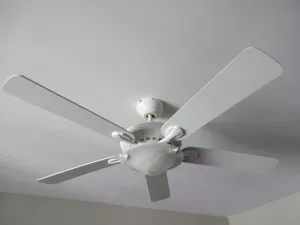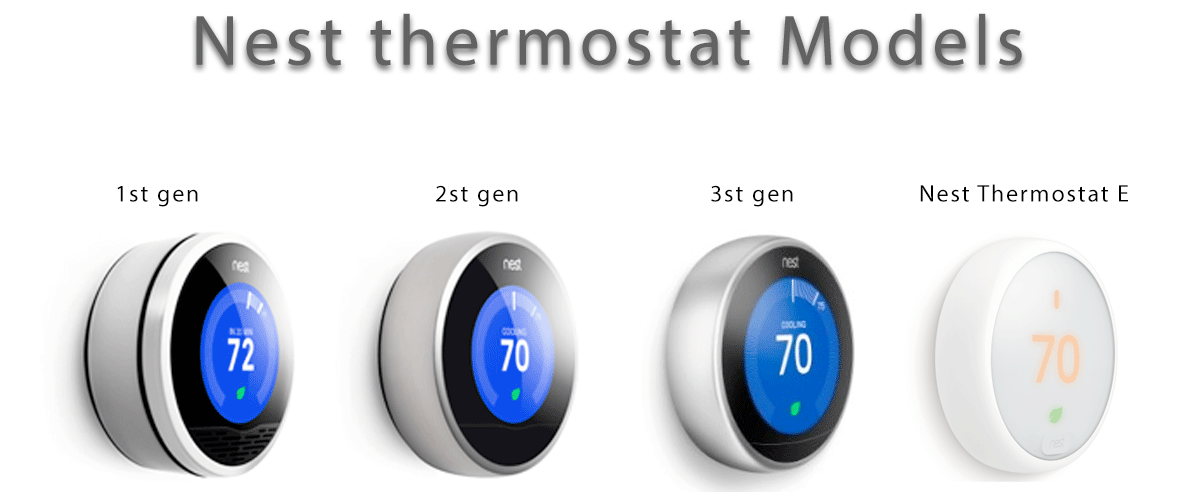Did You Know Ceiling Fan Direction Can Affect Cooling Efficiency?
During your last service, your Durham HVAC technician may have recommended you switch your ceiling fan direction before the start of summer. On most ceiling fans, there’s a switch that reverses the blade direction.
Why is this simple act so important when it comes to saving energy and staying comfortable? Well, the team at Air Experts has the answers you’re looking for:

When the ceiling fan turns counterclockwise during warm weather, it creates the wind chill effect, which involves air brushing across your skin. As the ceiling fan moves the air around, the moisture on your skin evaporates faster, creating a cooling effect despite actual room temperatures remaining the same.
This helps you raise the thermostat by a few degrees since you’ll feel several degrees cooler due to the wind chill effect. Considering how much energy your HVAC system uses for cooling, letting ceiling fans do most of the work can help you save money throughout the summer.
Which Way Should the Ceiling Fan Blades Turn?
Not surprisingly, you’ll want your ceiling fan direction to reflect the level of comfort you want each season:
- During spring and summer, your ceiling fan should turn counterclockwise, so the fan blades push cold air downward, making your home feel cooler.
- During fall and winter, your ceiling fan should turn clockwise, as this allows the fan blades to bring cold air upward and displace warm air from the ceiling. This action helps raise the room temperature by distributing warm air throughout the room.
Learn more about ceiling fan direction and Air Experts’ other cooling options in Raleigh, or call 919-480-2727 to schedule an appointment.







